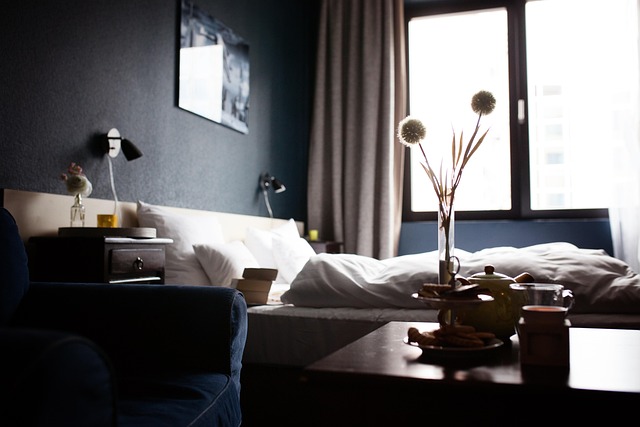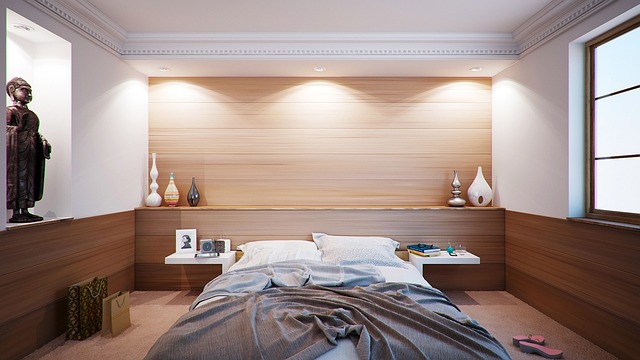Illuminating Interiors: The Resurgence of Stained Glass in Modern Home Design
In a world of sleek minimalism and stark modernism, a vibrant, centuries-old art form is making a surprising comeback. Stained glass, once relegated to churches and Victorian-era homes, is experiencing a renaissance in contemporary interior design. This ancient craft is being reimagined for the 21st century, bringing color, texture, and a touch of whimsy to today's homes.

As time progressed, stained glass found its way into secular buildings, particularly during the Art Nouveau movement of the late 19th and early 20th centuries. Artists like Louis Comfort Tiffany elevated stained glass to new heights, creating elaborate lamps and windows that are still coveted today.
However, with the rise of modernism in the mid-20th century, stained glass fell out of favor, often seen as outdated or overly ornate. But as with many design trends, what’s old is new again, and stained glass is finding a fresh audience among contemporary designers and homeowners.
The Modern Revival
Today’s stained glass is not your grandmother’s fussy floral designs. Modern artisans are pushing the boundaries of the medium, creating abstract patterns, geometric shapes, and even minimalist designs that complement contemporary aesthetics.
One of the driving forces behind this revival is the desire for unique, handcrafted elements in home decor. In an age of mass production, stained glass offers a bespoke touch that can’t be replicated by machine. Each piece is a work of art, bringing a sense of individuality and character to a space.
Moreover, the play of light and color that stained glass provides can transform a room, creating ever-changing patterns and moods throughout the day. This dynamic quality appeals to those looking to add depth and interest to their living spaces.
Versatility in Design
One of the reasons for stained glass’s resurgence is its versatility. No longer confined to windows, modern stained glass is appearing in unexpected places throughout the home. From room dividers and cabinet inserts to light fixtures and standalone art pieces, the applications are limited only by imagination.
In the kitchen, stained glass cabinet doors can add a pop of color and hide clutter. In the bathroom, a stained glass shower screen can create a spa-like atmosphere. Even in outdoor spaces, stained glass elements can serve as unique garden accents or privacy screens.
The materials used in stained glass have also evolved. While traditional lead came is still used, new techniques incorporate materials like copper foil, allowing for more delicate and intricate designs. Some artists are even experimenting with recycled materials, creating eco-friendly pieces that align with sustainable design principles.
Balancing Old and New
One of the challenges in incorporating stained glass into modern interiors is striking the right balance between old-world charm and contemporary style. Designers are meeting this challenge by juxtaposing stained glass elements with sleek, modern furnishings and neutral color palettes.
For example, a minimalist living room might feature a large, abstract stained glass window as a focal point, while the rest of the decor remains understated. In a modern kitchen, a stained glass backsplash can add a burst of color and personality to an otherwise monochromatic space.
The key is to use stained glass as an accent rather than allowing it to dominate the space. This approach allows the beauty of the glass to shine while maintaining a cohesive, contemporary aesthetic.
DIY and Customization
Another factor contributing to the popularity of stained glass is the rise of DIY culture. While creating true stained glass requires skill and specialized tools, there are now many options for homeowners to incorporate the look of stained glass into their decor without the need for professional installation.
Adhesive window films that mimic the appearance of stained glass are widely available and can be easily applied to existing windows or glass surfaces. These films offer a low-commitment way to experiment with the stained glass trend and can be particularly useful for renters or those on a budget.
For those interested in a more hands-on approach, stained glass workshops have become increasingly popular. These classes allow participants to create their own small pieces, fostering an appreciation for the craft and providing a unique, personalized decor element.
The Future of Stained Glass
As we look to the future, the stained glass revival shows no signs of slowing down. Artists and designers continue to push the boundaries of what’s possible with the medium, incorporating new technologies and materials.
Some are experimenting with smart glass technology, creating stained glass panels that can change opacity or even display digital images. Others are exploring the use of solar cells within stained glass, combining beauty with functionality in the form of energy-generating windows.
The resurgence of stained glass in modern home design is more than just a passing trend. It represents a desire for individuality, craftsmanship, and a connection to history in our living spaces. As we continue to seek ways to make our homes unique and personal, stained glass offers a timeless yet contemporary solution, bringing light, color, and artistry into the heart of modern living.





